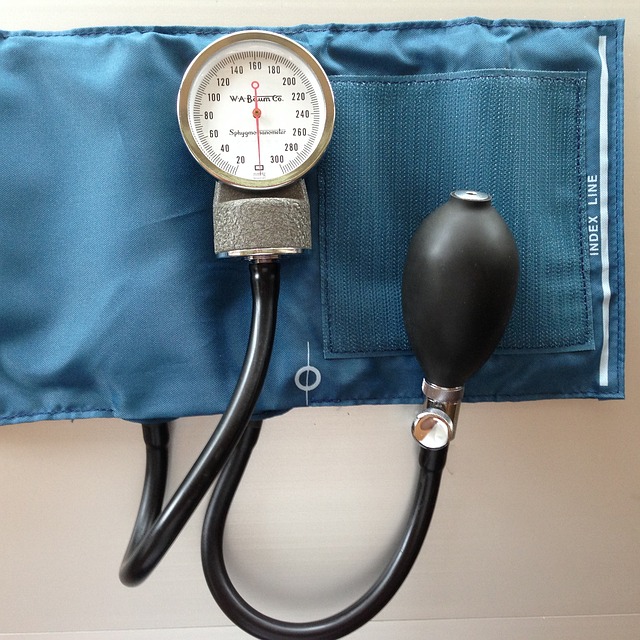Low water pressure in homes is primarily caused by clogged pipes, leaks from faulty fixtures or old piping, or malfunctioning regulators. Solutions range from using plumbing snake tools for minor clogs and regular maintenance checks to replace outdated piping and install water-saving fixtures. Addressing these issues promptly restores efficient plumbing system performance.
Low water pressure can be a frustrating household issue, leaving you with weak streams and sluggish taps. While it might seem like a simple fix, underlying problems like clogged pipes or silent leaks can be the real culprits. This article delves into the common causes of low water pressure in your home, from easily identifiable issues to hidden dangers like leaks and clogs. We’ll explore effective solutions to restore optimal water flow, ensuring your plumbing system runs smoothly once again.
- Common Household Issues Causing Low Water Pressure
- Unseen Culprits: Leaks and Clogged Pipes Explained
- Effective Solutions to Restore Optimal Water Flow
Common Household Issues Causing Low Water Pressure

Low water pressure in your home can be frustrating and often indicates an underlying issue that needs addressing. Some common household problems leading to reduced water pressure include clogged pipes, especially in sinks and showers. Over time, mineral buildup and debris can accumulate, restricting water flow. Another frequent culprit is a leaky faucet or pipe; even a small leak can significantly reduce overall water pressure throughout your home.
Water pressure regulators might also be the cause, as they control the distribution of water throughout the plumbing system. If these regulators are malfunctioning, they can restrict water flow to certain areas. Additionally, old or corroded pipes can narrow over time, limiting the amount of water that can pass through, resulting in lower pressure at taps and fixtures.
Unseen Culprits: Leaks and Clogged Pipes Explained

Leaks and clogged pipes are often the unseen culprits behind low water pressure, silently sapping your plumbing system’s efficiency. Leaks can occur in various forms—from tiny drips under sinks to larger issues within walls or pipelines. These seemingly insignificant drops may seem harmless, but they contribute significantly to water wastage and reduced pressure throughout your home.
Clogged pipes, on the other hand, can cause a more dramatic drop in pressure. Debris, mineral buildup, or even tree roots infiltrating pipes can create blockages that restrict water flow. These issues often go unnoticed until symptoms like weak shower streams, slow drainage, or inconsistent water pressure become apparent. Addressing leaks and unclogging pipes is essential to restoring optimal water pressure, ensuring your plumbing system operates efficiently and effectively.
Effective Solutions to Restore Optimal Water Flow

Low water pressure can be a nuisance, but there are effective solutions to restore optimal water flow. One common cause is clogged pipes, which can be addressed by using plumbing snake tools or calling a professional plumber for more stubborn blockages. Another frequent issue is leaks, whether from faulty fixtures or pipes; repairing these not only improves pressure but also saves on water bills.
Regular maintenance plays a significant role in preventing such problems. This includes checking for leaks and corrosion regularly and replacing old piping when necessary. Additionally, installing water-saving fixtures like low-flow showerheads and aerators on faucets can reduce water usage without compromising pressure.
Low water pressure can stem from various unseen issues like leaks and clogged pipes, which, if left unaddressed, can lead to significant waste and damage. Understanding these causes is the first step towards effective solutions that restore optimal water flow in your home. By identifying and rectifying problems early, you not only enhance convenience but also contribute to saving water and money. Remember, prompt action on common household issues related to low water pressure can make a significant difference in your daily life.
